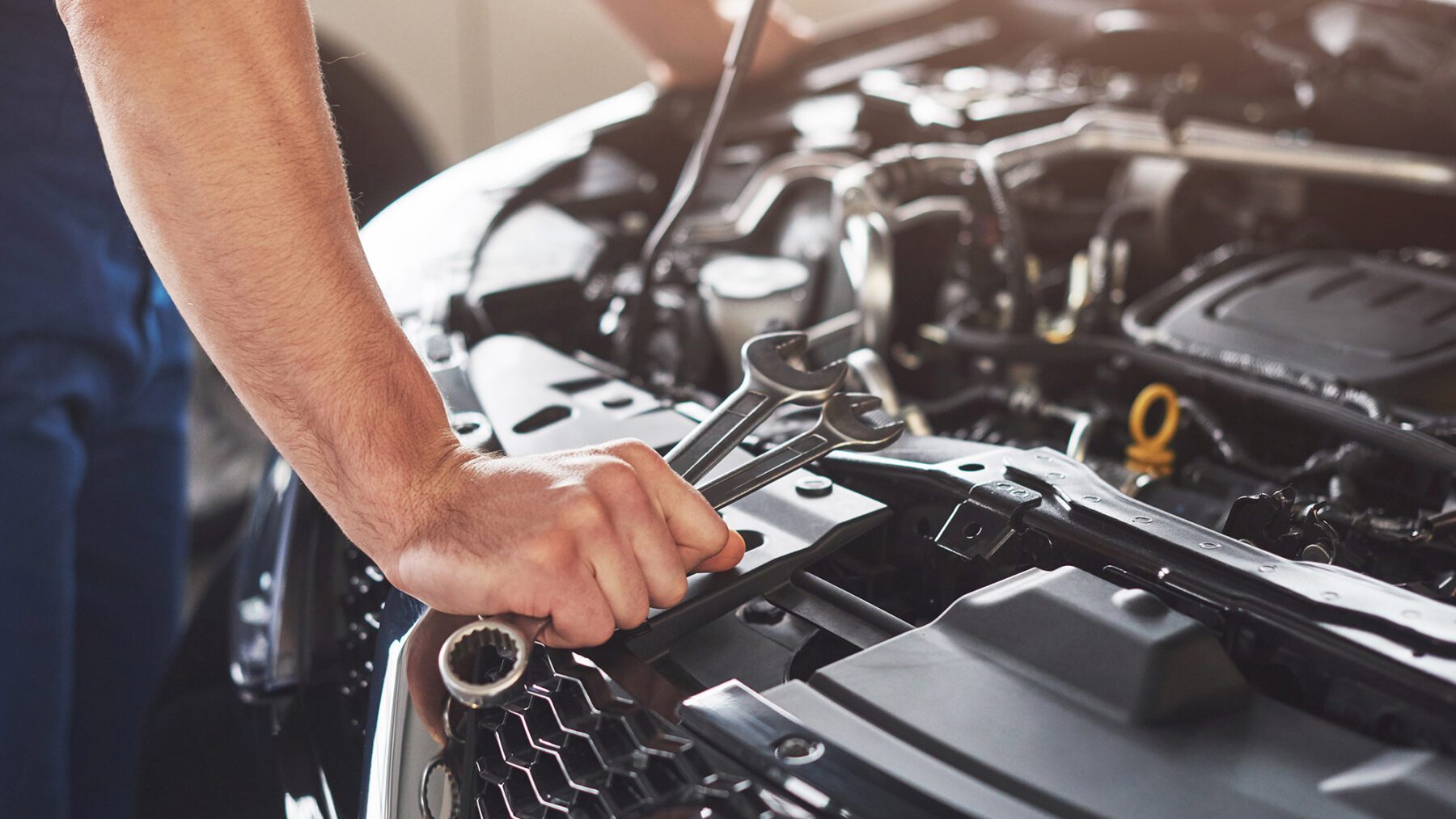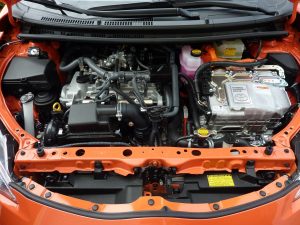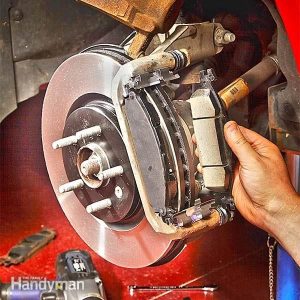If you can figure out what’s wrong with your car’s engine quickly, you can save a lot of time, money, and stress. This book will teach you everything you need to know about car engines, including common problems and how to spot them. No matter how much you know about cars or whether you’re just interested, this 2024 guide has something for you.
How Your Car’s Engine Works
Lots of different parts move around inside the engine of your car. First, let’s make it simple:
The most important parts of a car engine
The cylinders, pistons, crankshaft, and valve are some of the most important parts of the engine. All of these parts work together to turn fuel into motion.
How a Motor Works
A simple explanation of how an engine works is that it has four stages: intake, compression, power, and output. Every stroke is very important for keeping your car going well.
Signs That Your Engine Is Faulty
Finding problems with an engine starts with recognising the signs. Please be aware of the following signs:
Strange Sounds
If you hear sounds like banging, squealing, or hissing, it could mean that something is wrong with your engine.
Alert Lights
The dashboard of your car has warning lights that can let you know if there are any problems with the engine. Remember to pay attention to the temperature warning light, the check engine light and the oil pressure light.
Issues with Performance
When there are problems with the engine, things like slow acceleration, rough idling, and stopping can happen.
How to Figure Out Engine Noises
Even though engine noises can be scary, they often tell you a lot about what’s wrong.
Sounds of knocking
A knocking sound typically means that something is wrong with the engine’s internal parts, like connecting rods or bearings that are worn out.
Making noise and whining
A squealing sound usually means that the belt is loose or worn out. A whining sound, on the other hand, could mean that there is a problem with the power steering or generator.
Pops and hissing sounds
Sounds like hissing could mean that there is a pressure leak, and popping sounds could mean that there is a problem with the exhaust system.
How to Read Warning Lights
It’s important to know what a warning light means and what to do when it comes on.
The check engine light is on.
There are many things that can cause this light to come on, from a loose gas cap to more major engine problems. An OBD-II reader can help you figure out what’s wrong.
Light for Oil Pressure
This light means that your engine is not getting enough oil flow. If you don’t fix this right away, it can cause a lot of damage.
Temperature Alert Light
This light means that the engine is getting too hot. Stop your car right away and wait for it to cool down before you check the coolant level.
Problems with performance and what causes them
Problems with how well an engine works can be caused by a number of things.
Bad Speeding Up
Your car might not be able to speed up because the fuel filter is jammed, the spark plugs are broken, or the fuel injectors are not working right.
Rough Idling
Most of the time, rough running is caused by a dirty air filter, an EGR valve that doesn’t work, or a problem with the fuel system.
Stopping
Stopping can mean that the fuel supply isn’t working right, the ignition isn’t working right, or even a monitor is failing.
Trying to find leaks
Engine problems often happen because of leaks that are simple to find.
Leaks of oil
The oil pan, the valve cover seal, or the oil filter are just a few of the places oil can leak from. Check under your car for dark pools.
Coolant Leaks
A green or orange fluid under your car is often a sign of a coolant leak. The radiator, pipes, and water pump are all common places where it comes from.
Fuel Leaks: Fuel leaks are dangerous and need to be fixed right away. Check under your car for the smell of petrol or wet spots.
Figuring Out Smells
Strange smells could mean that your engine is having trouble.
Smell of burning
A burning smell could mean that there is an oil leak or a problem with the brakes or clutch.
Nice Smell
A radiator leak is often marked by a sweet smell.
Smell of Fuel
If you smell petrol, it means there may be a fuel leak somewhere in the drive train.
Checking the Engine Fluids
Checking your engine oils on a regular basis can help stop problems before they happen.
Looking at the oil levels
Regularly check the oil amount with the dipstick. An oil change is needed if the oil level is low or the oil is dirty.
Checking the coolant
Make sure that the coolant reservoir is filled to the right amount. Fill it up with the right kind of water if it’s low.
Fluids for the brakes and the power steering
These fluids are also very important for how well your car runs. Check to see how much they have left and add more if needed.
How to Use Diagnostic Tools
Diagnostic tools can make it much easier to figure out what’s wrong with an engine.
Scanner for OBD-II
The error codes from your car’s computer can be read by an OBD-II reader, which helps you figure out what’s wrong.
A multimeter
You can use a multimeter to check the electrical parts of your car, like the alternator and battery.
Tester for Compression
A compression tester checks the pressure in the cylinders of your engine. This can help you figure out if the piston rings or valves are broken.
Techniques for Visual Inspection
A quick look can sometimes tell you a lot about the health of your engine.
Looking at the Hoses and Belts
Check the belts and lines in your engine for cracks, fraying, or other signs of wear.
Checking the spark plugs
Spark plugs can tell you a lot about how well your engine is working. Take them off and look for damage or signs of wear.
Wanting to Find Corrosion
If your battery connections or other engine parts rust, it can mess up your electricity.
Expert Help vs. Do It Yourself
It is very important to know when to get skilled help.
How and When to Hire a Mechanic
It’s best to take your car to a mechanic if you don’t know how to find or fix an engine problem.
Pros of Doing Your Own Diagnosis
You can save money and learn more about your car by figuring out problems on your own.
Tips for Preventive Maintenance
Maintenance that you do before something goes wrong can help your engine run easily.
Changing the oil often
One of the best ways to keep your engine running well is to change the oil often.
Keeping the fluids level up
To avoid problems, make sure that all of your engine fluids are at the right amounts.
Checkups Every Month
Check your engine and other parts of your car often to find problems early.
In conclusion
It might seem hard to figure out what’s wrong with a car engine, but it’s not too hard if you have the right information and tools. To keep your car working well, do regular maintenance and pay attention to the signs that something is wrong.
FAQs
If my check engine light is on, what should I do?
First, look for major problems like a gas cap that isn’t tight. If the light stays on, read the error code with an OBD-II reader to figure out what’s wrong.
How often should I check the fluids in my car?
Every month, you should check the fluids in your car. If you do checks on a regular basis, you can find problems before they get worse.
Can I figure out what’s wrong with the engine without tools?
A basic diagnostic tool like an OBD-II scanner can make the process much easier and more effective. Some problems can be found without tools, but not all of them.
What are the main reasons why engines break down?
Lack of upkeep, overheating, and problems with internal parts like worn-out bearings or broken timing belts are common reasons why cars break down.




